Nukufetau Atoll Bolsters Pacific Conservation and Enhances Community Resilience by Removing Invasive Rats
Our projects to restore key islets in Nukufetau Atoll forecast climate resilience and community benefits in Tuvalu!
Our 2024 Impact Report is live!
Published on
June 9, 2017
Written by
Dylan Meek
Photo credit
Dylan Meek

A single wildlife encounter sparked a legacy of conservation in New Zealand. Bob and Karen Schumacher discovered a Kiwi on their Purangi property in 2005, which inspired them to develop a charitable trust to protect the Endangered Northern Brown Kiwi. The 50 square-mile (13,000 hectare) East Taranaki Environment Trust (ETET) site located on the East side of the Northern Island of New Zealand is currently the site of the Purangi Kiwi Project. The project’s goal is to establish 1,000 pairs of Northern Brown Kiwi by 2020, and current conditions are extremely promising. The TSB Community Trust funded an ETET survey of the Kiwi habitat that launched in April. Results already suggest an estimated 800 Kiwi pairs, and possibly more.
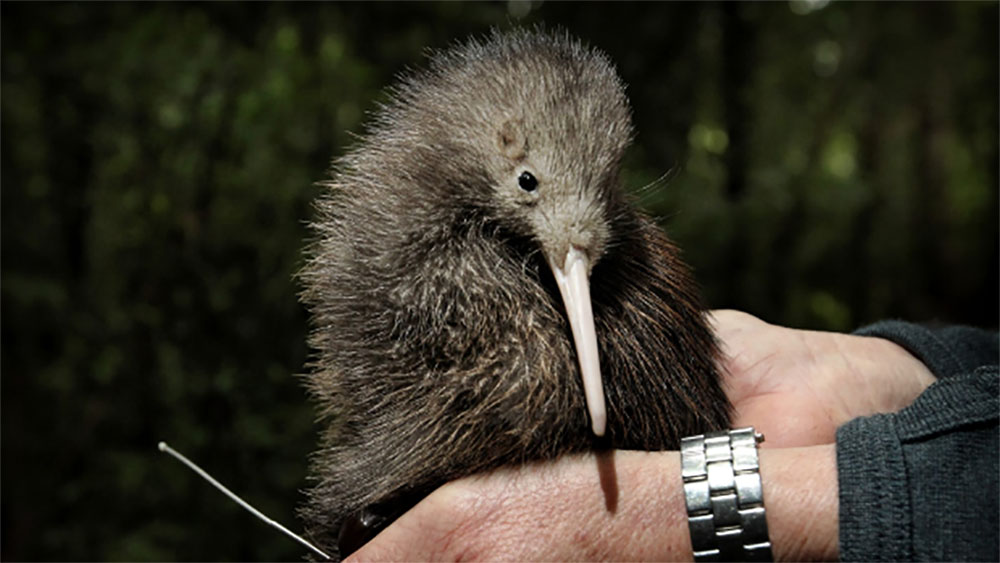
ETET conducts a site survey every two years to evaluate the Kiwi population. The surveying team uses acoustic instruments to record the Kiwis’ vocalizations to estimate site’s population size. Data from the ongoing survey, stationed over 100 listening sites, and recordings suggest approximately that 800 Kiwis live on the site. However, this estimate is based only on male Kiwi vocalization. Karen Schumacher elaborates:
The chicks and the juveniles don’t call and so there’s likely to be a couple of thousand unaccounted for.
Only the male Kiwis produce vocalization after the breeding season, so the chicks and females won’t start vocalizing until the upcoming season.
Purangi Kiwi Project surveyors are thrilled with current results and believe they will have achieved their goal of 1000 pairs of Northern Brown Kiwi well before the year 2020, and perhaps as soon as next year.
The surveying team has taken note of the large amount of available food on the Purangi site, and as a result they have observed the Kiwi population radiating outward into the surrounding area.
The Northern Brown Kiwi is threatened by introduced species such as stoats and cats that prey upon these flightless birds. Experts have calculated that the Northern Brown Kiwi population annually declines at a rate of 2-3%, and without the support of projects such as the Purangi Kiwi Project, in the next two generations the Northern Brown Kiwi would be extinct in the wild. The Purangi Kiwi Project is successfully supporting the Kiwi population, and the Kiwis are beginning to naturally reintegrate into Eastern New Zealand. The commitment of two citizens has developed into a significant conservation project that has protected the Northern Brown Kiwi population from extinction.
Featured photo: Mt. Taranaki, New Zealand. Credit: Herald Selke
Source: Stuff.co.nz
Check out other journal entries we think you might be interested in.
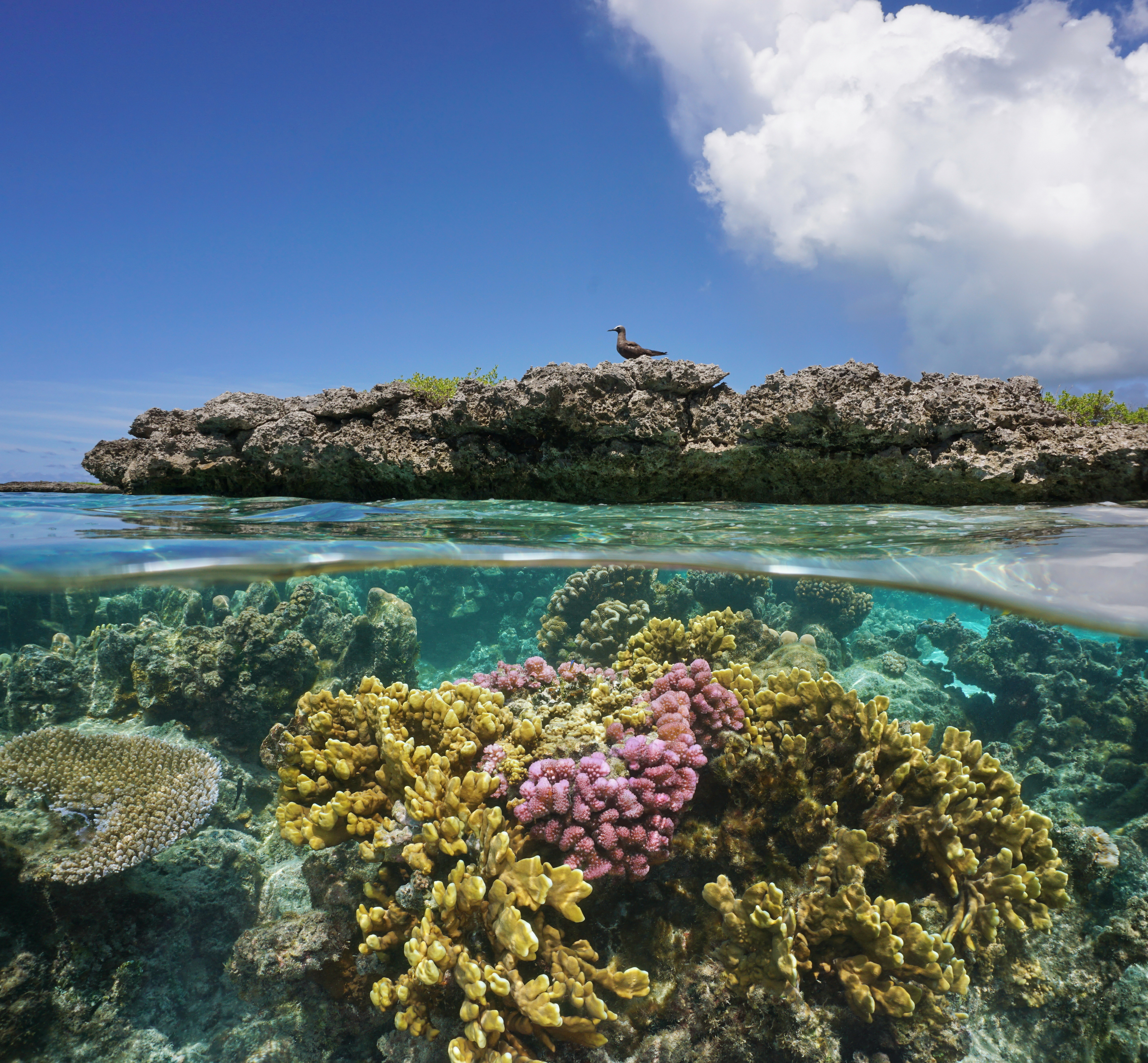
Our projects to restore key islets in Nukufetau Atoll forecast climate resilience and community benefits in Tuvalu!
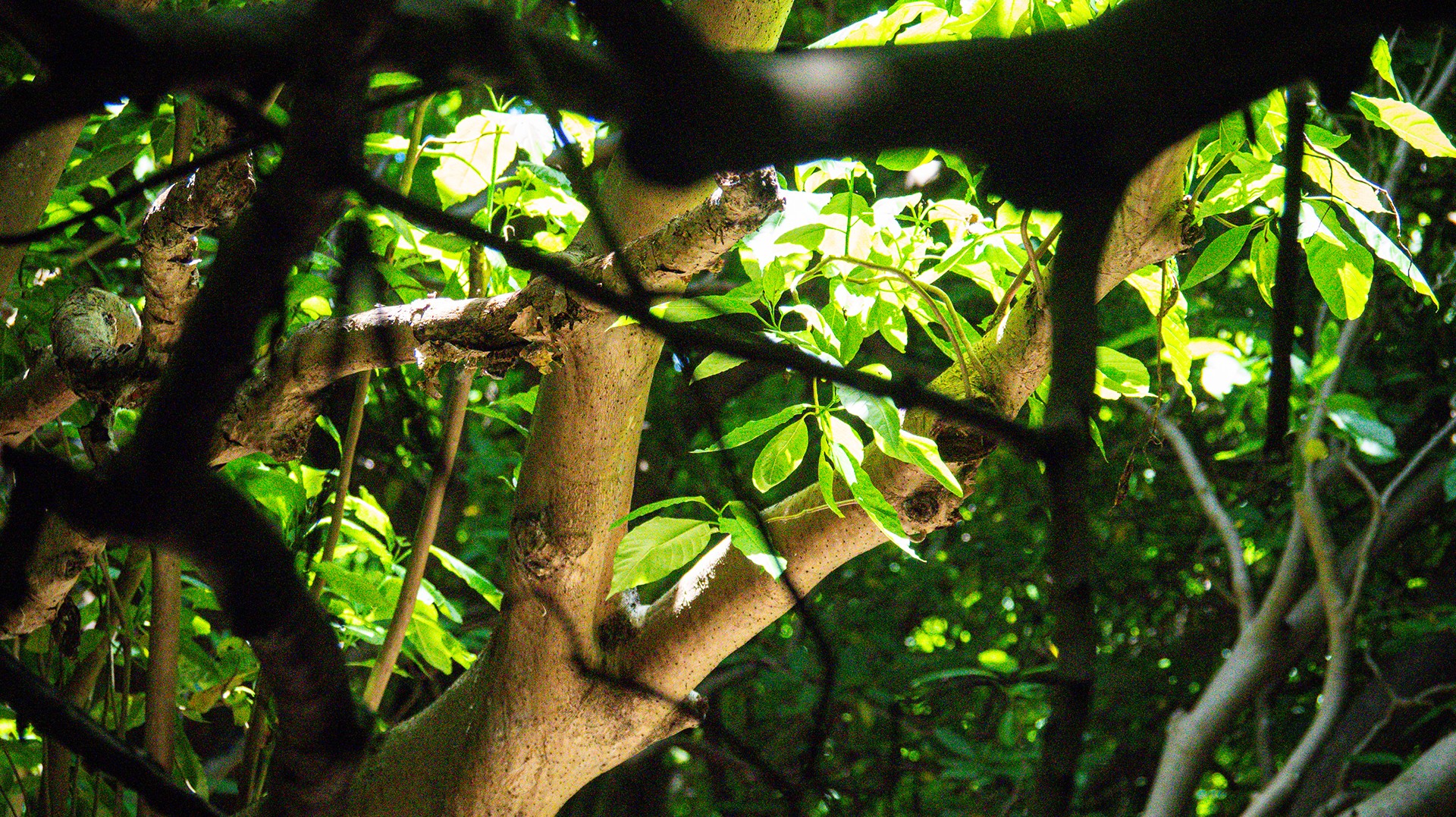
Island Conservation and partners have published a new paper quantifying ecosystem resilience on restored islands!
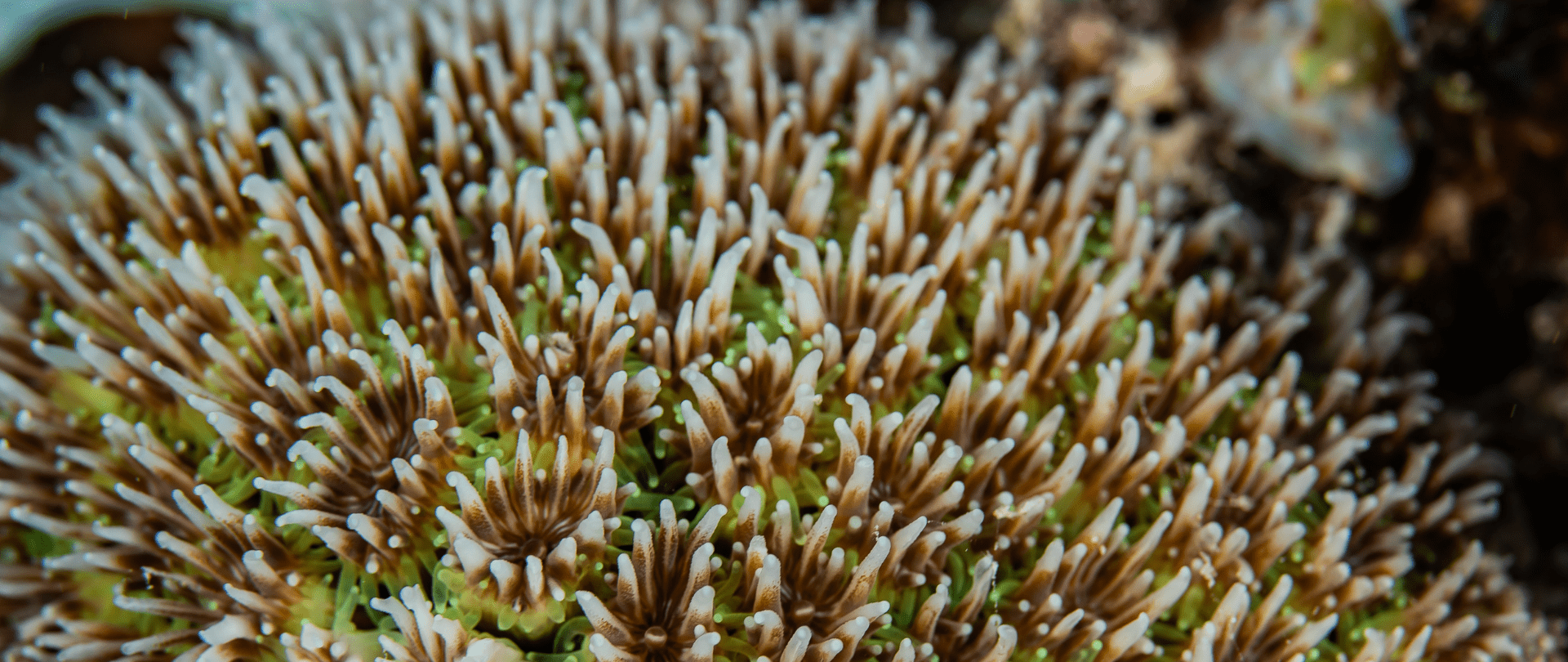
Climate Week NYC: what is it and why is it important? Read on to find out why Island Conservation is attending this amazing event!
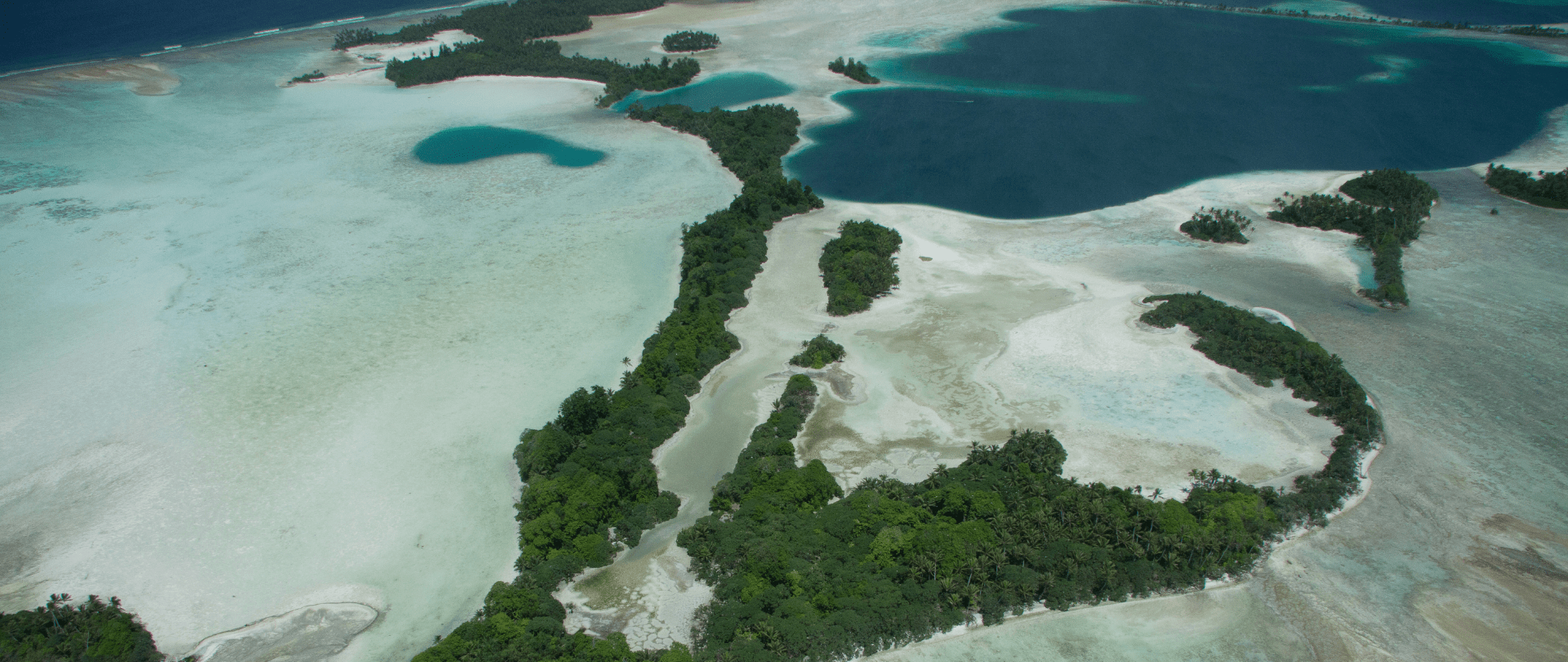
With sea levels on the rise, how are the coastlines of islands transforming? Read on to find out how dynamic islands really are!

Join us in celebrating the most amazing sights from around the world by checking out these fantastic conservation photos!
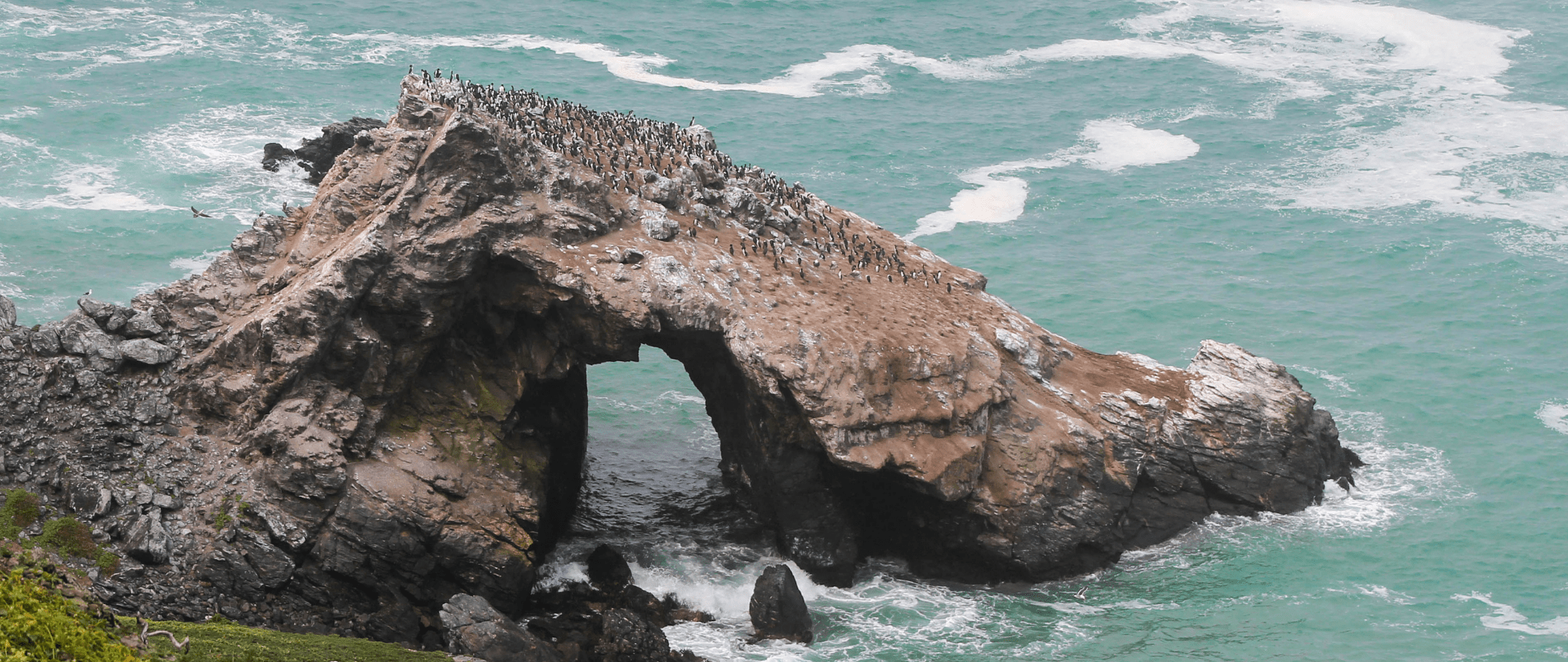
Rare will support the effort to restore island-ocean ecosystems by engaging the Coastal 500 network of local leaders in safeguarding biodiversity (Arlington, VA, USA) Today, international conservation organization Rare announced it has joined the Island-Ocean Connection Challenge (IOCC), a global effort to…
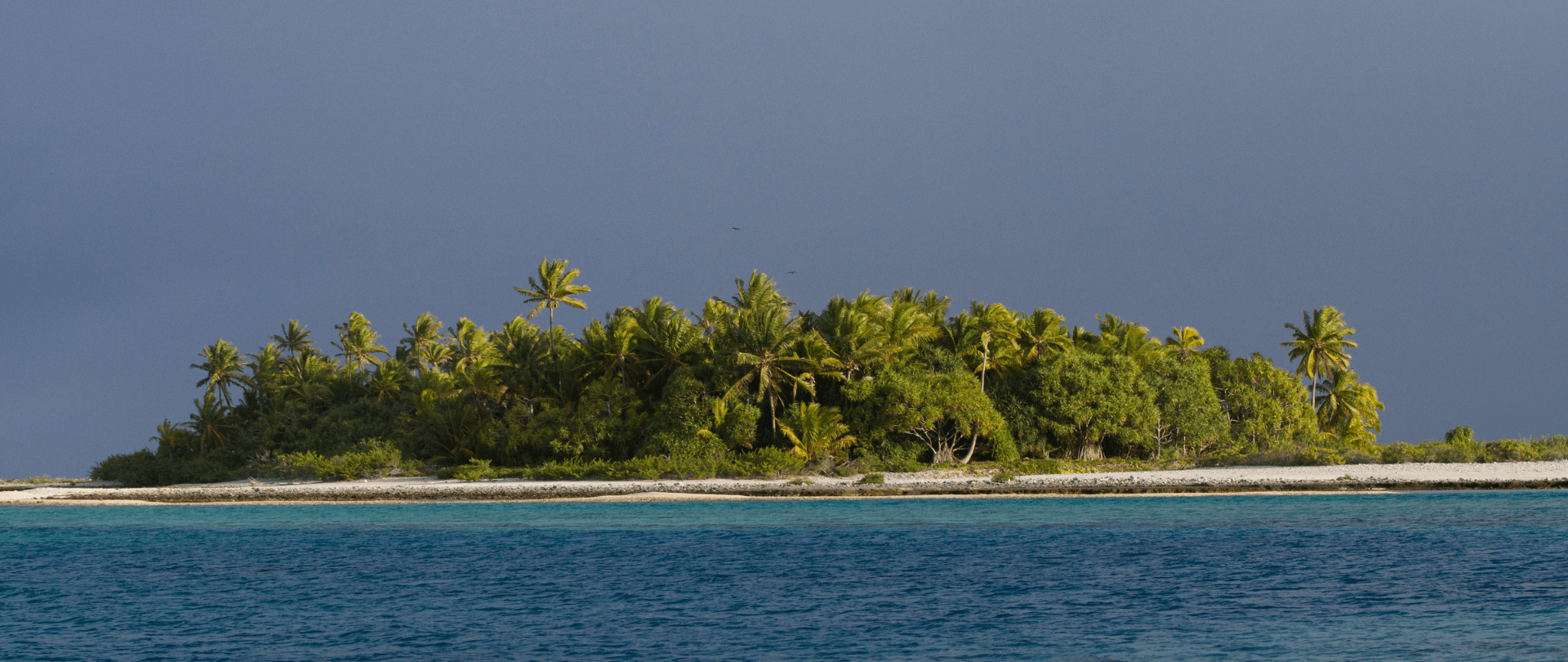
Island Conservation accepts cryptocurrency donations. Make an impact using your digital wallet today!
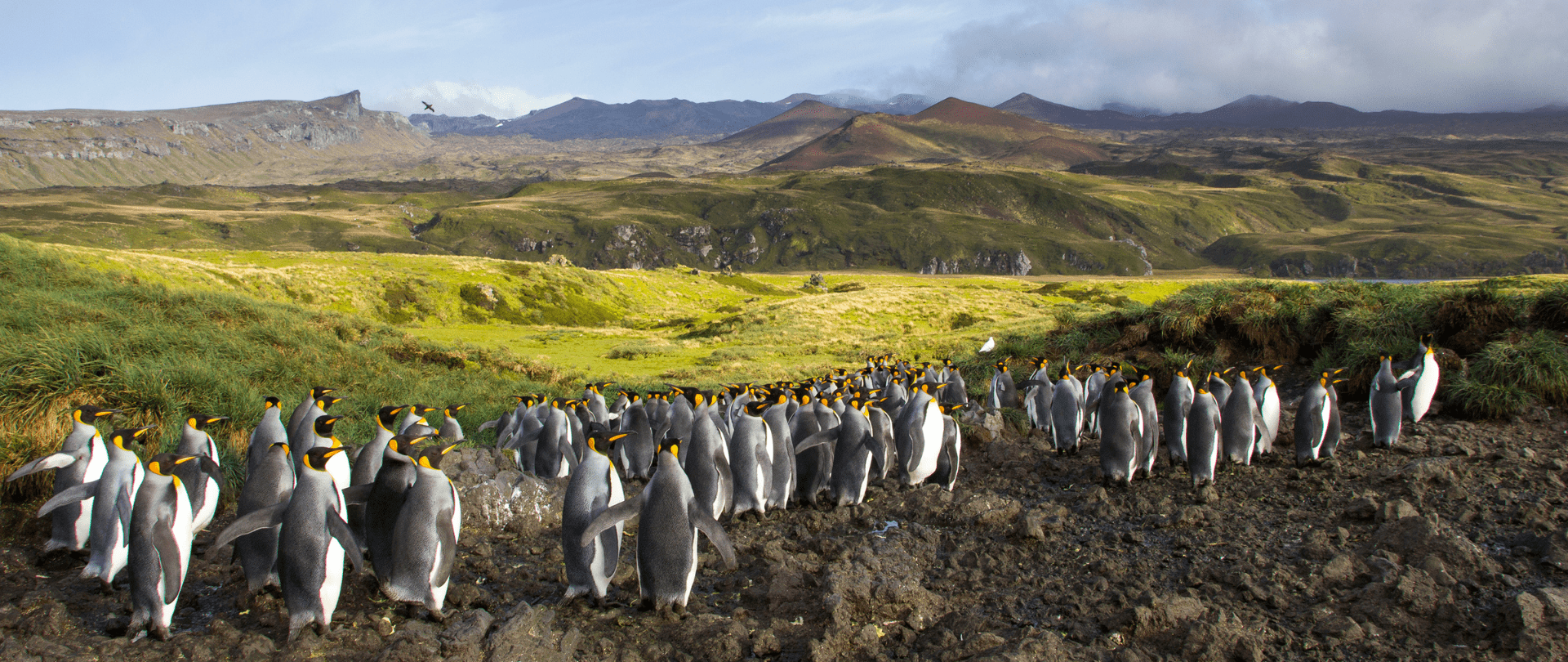
For Immediate Release Conservation powerhouse BirdLife South Africa has joined the Island-Ocean Connection Challenge (IOCC) – a global initiative aiming to restore, rewild and protect islands, oceans and communities – to support its work to save internationally significant albatross populations…
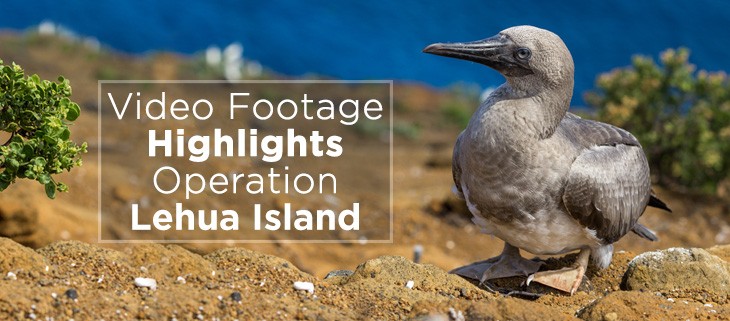
Video captures insights and hopes from the partners who are working to restore Lehua Island, Hawai’i. In 2021, Lehua Island officially became free from the threat of invasive rodents. This is a huge accomplishment that has enriched the region’s biodiversity…
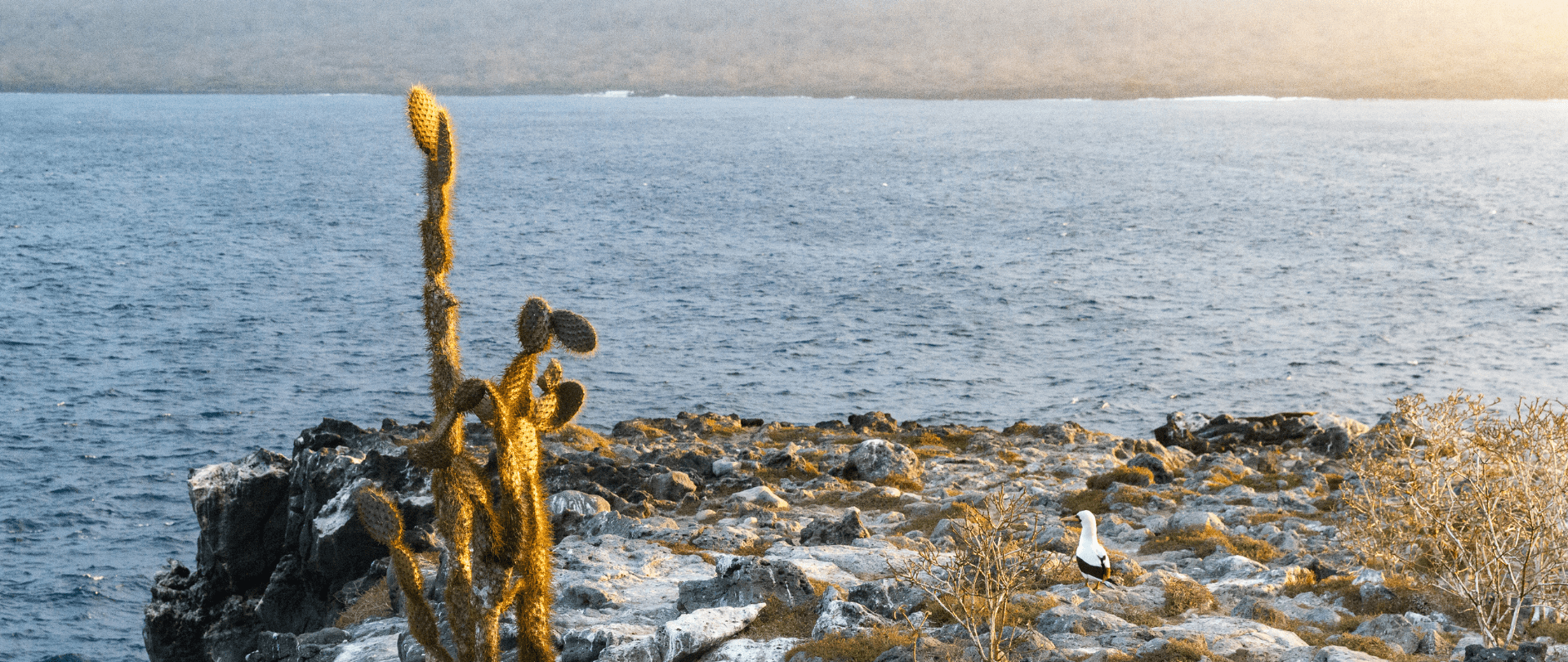
Carolina Torres describes how the project to restore and rewild Floreana Island signals hope for a future where people and nature can thrive together in the Galápagos.